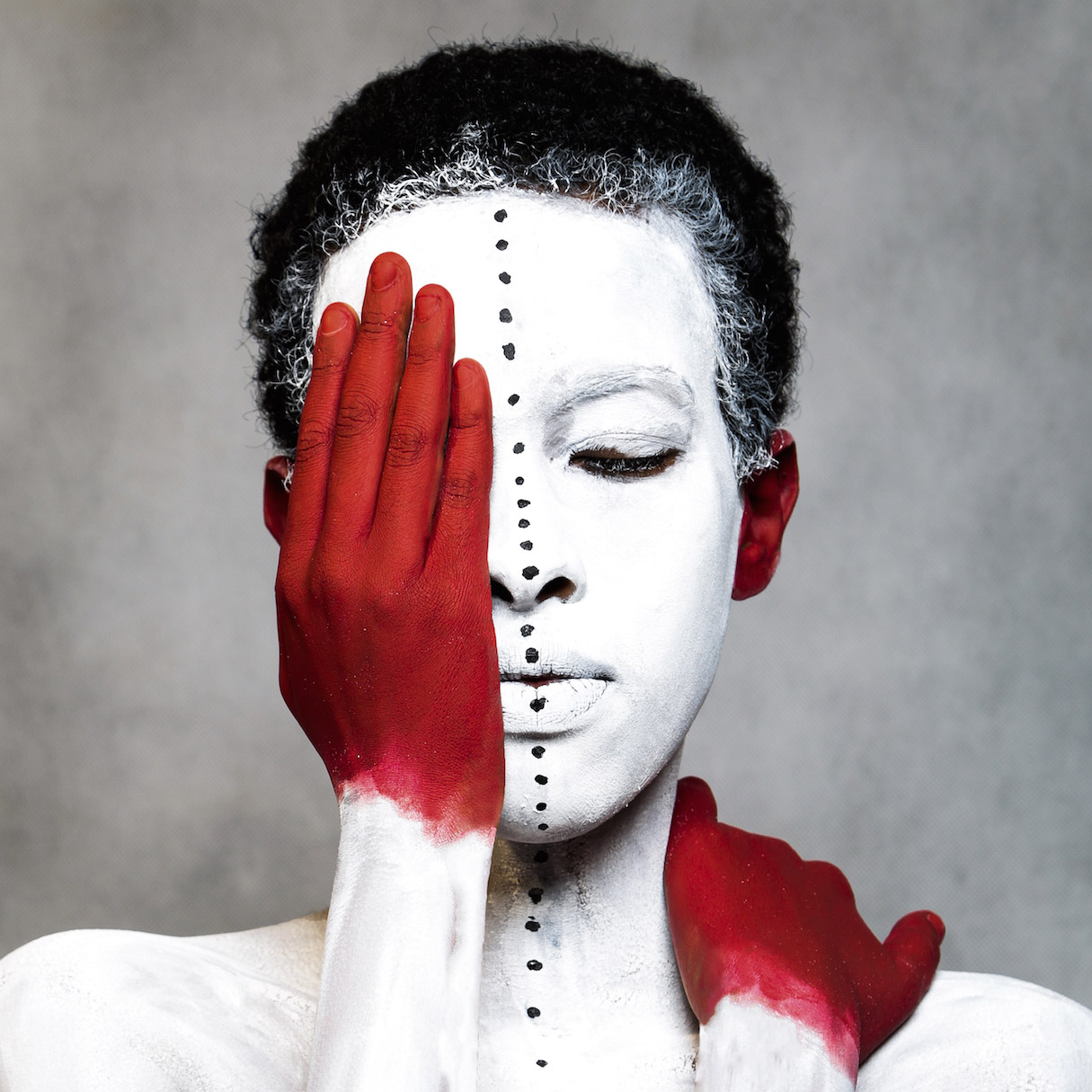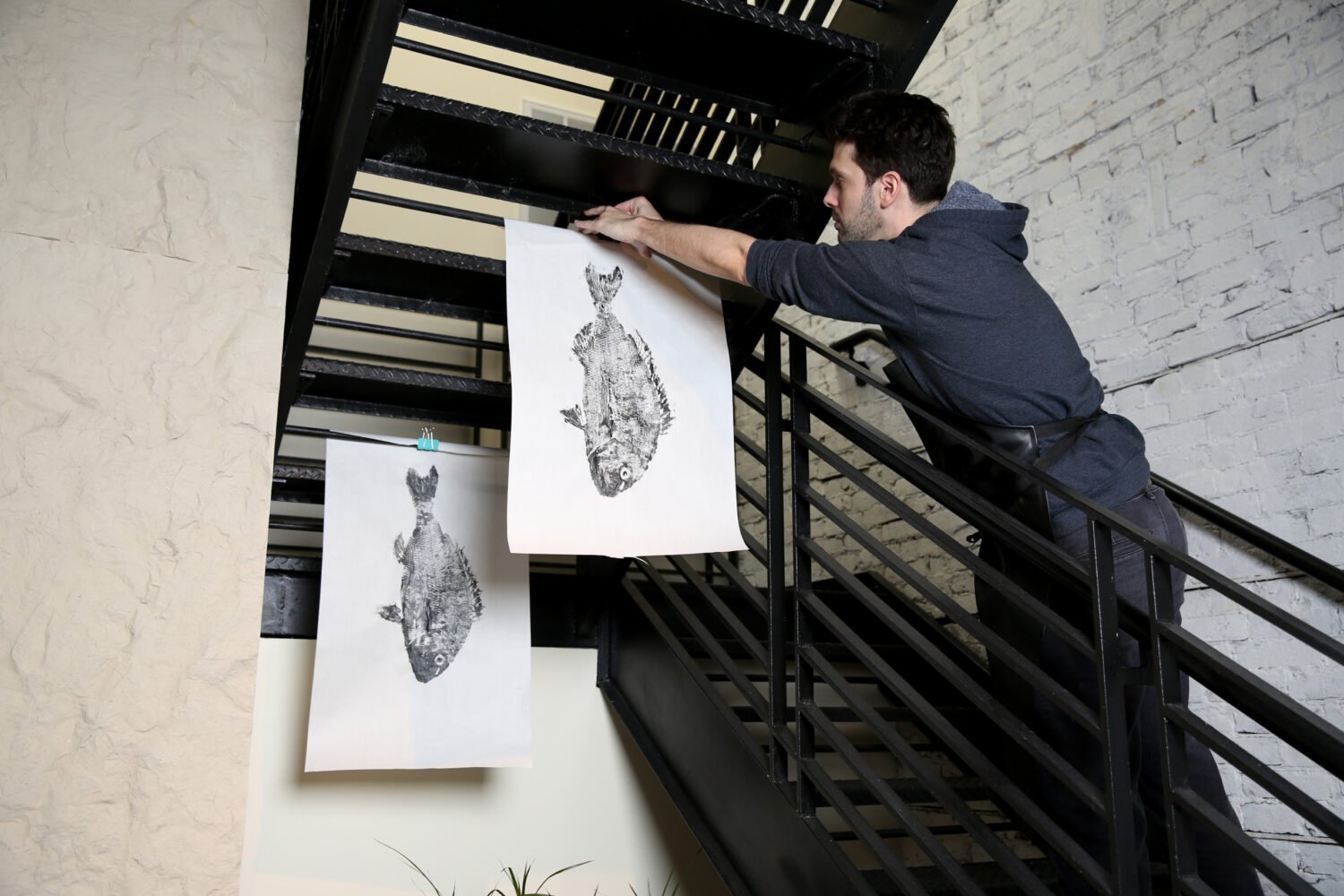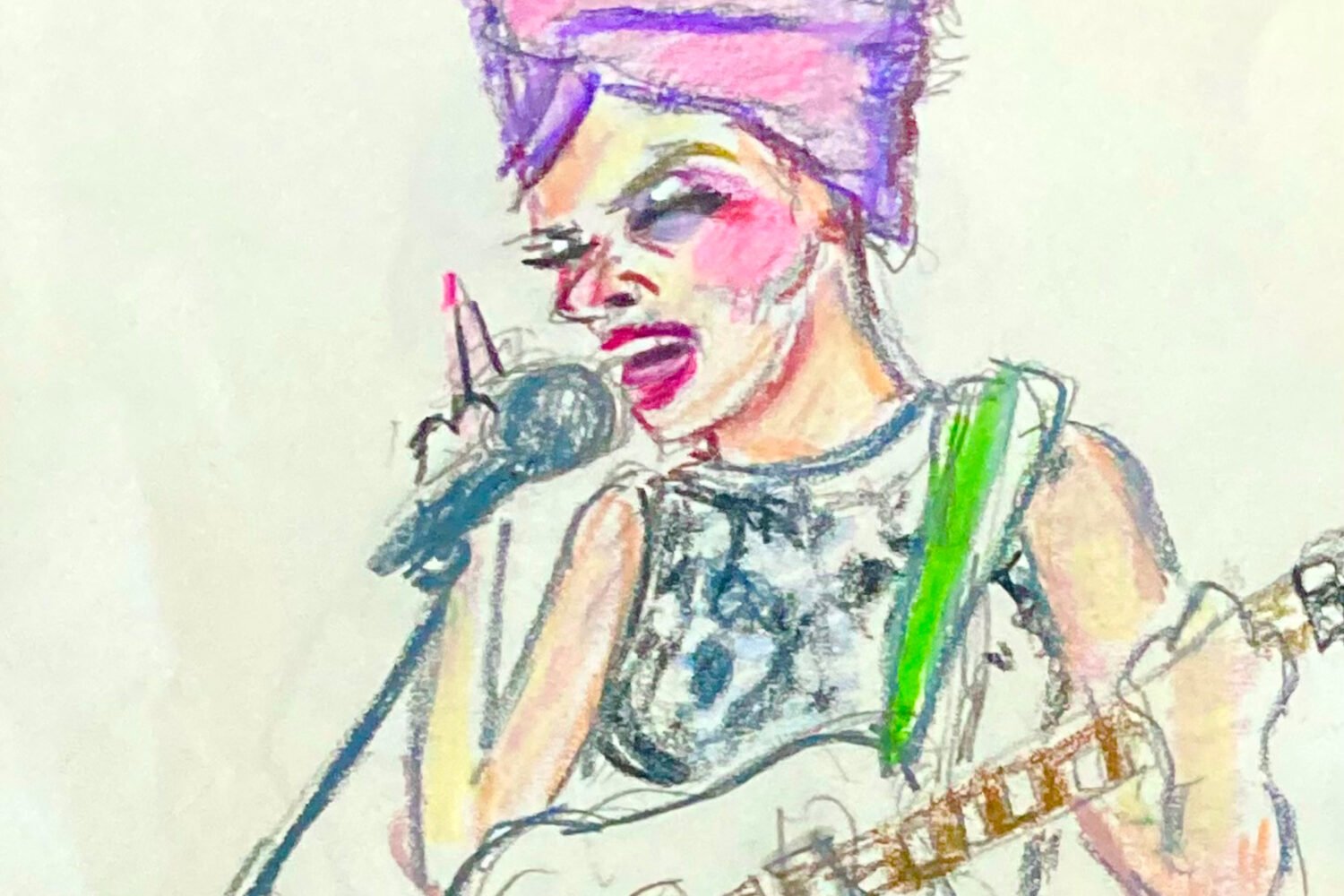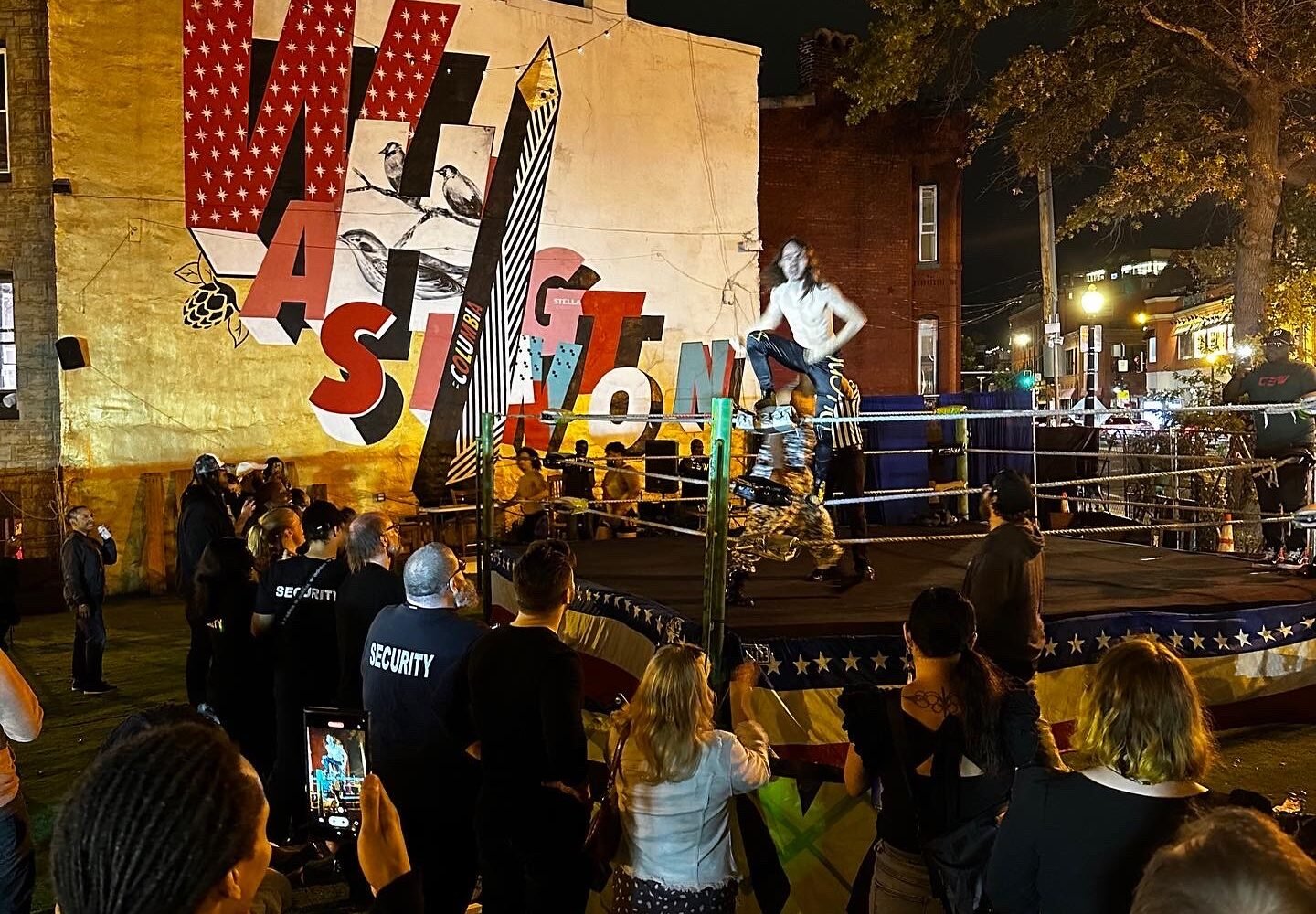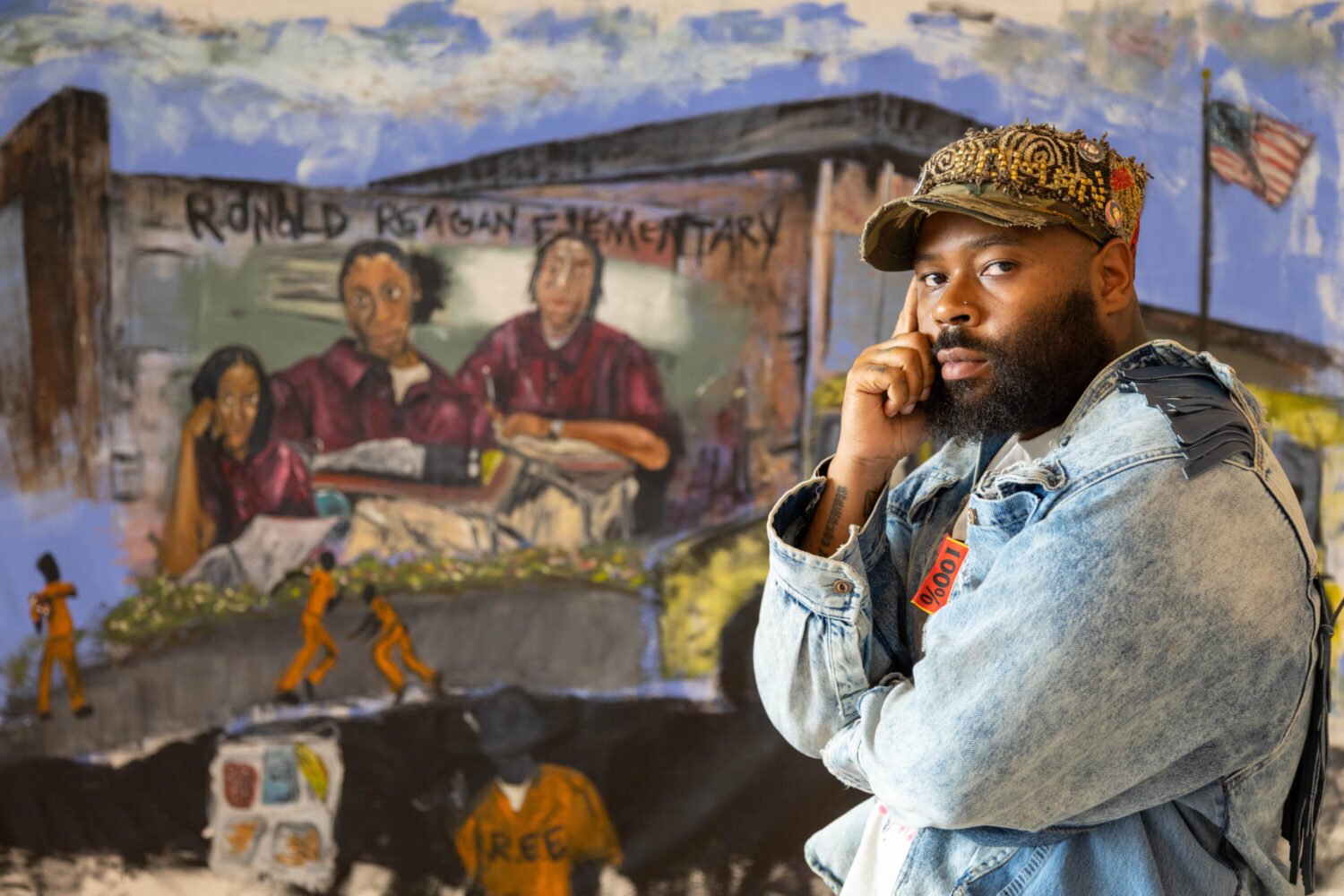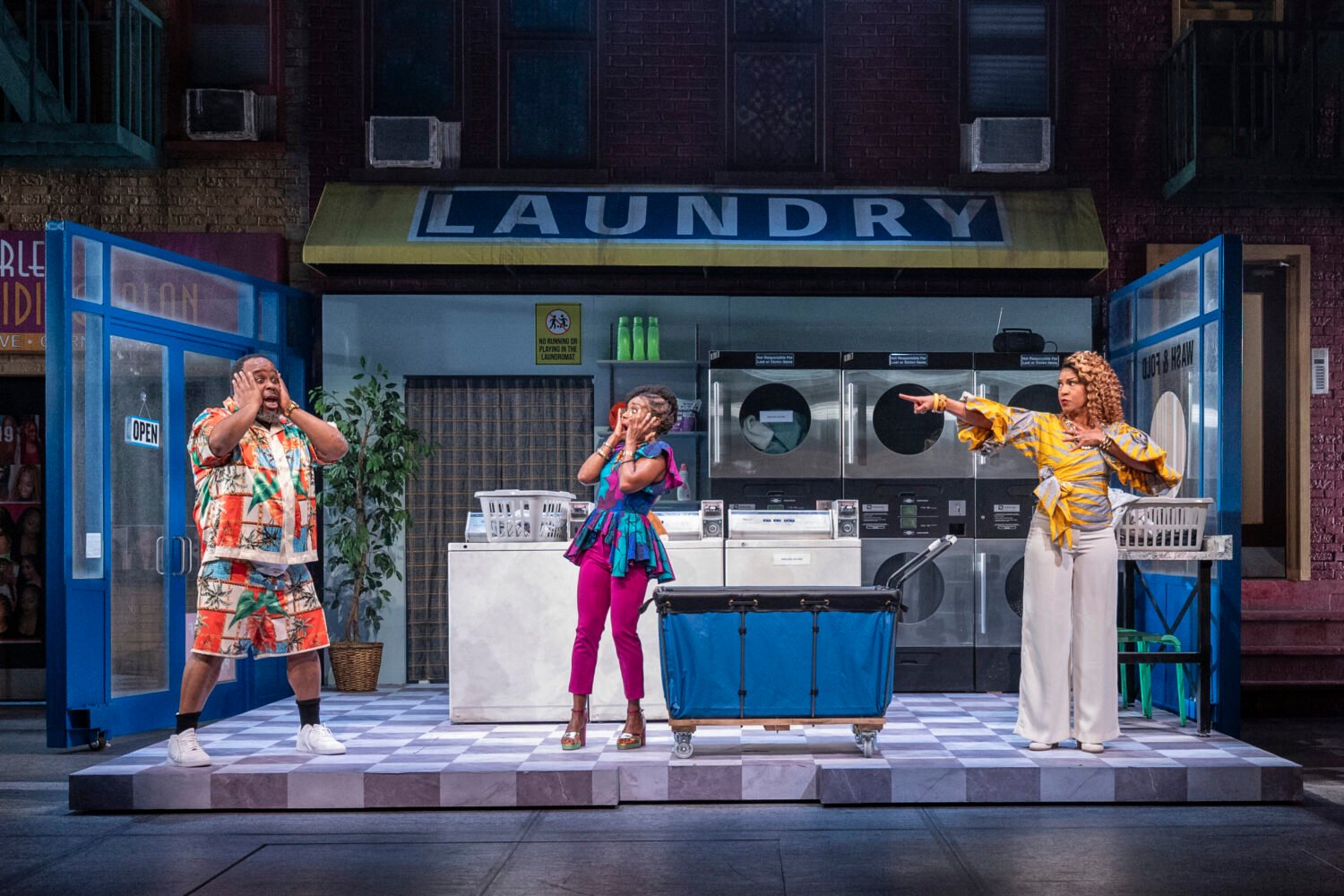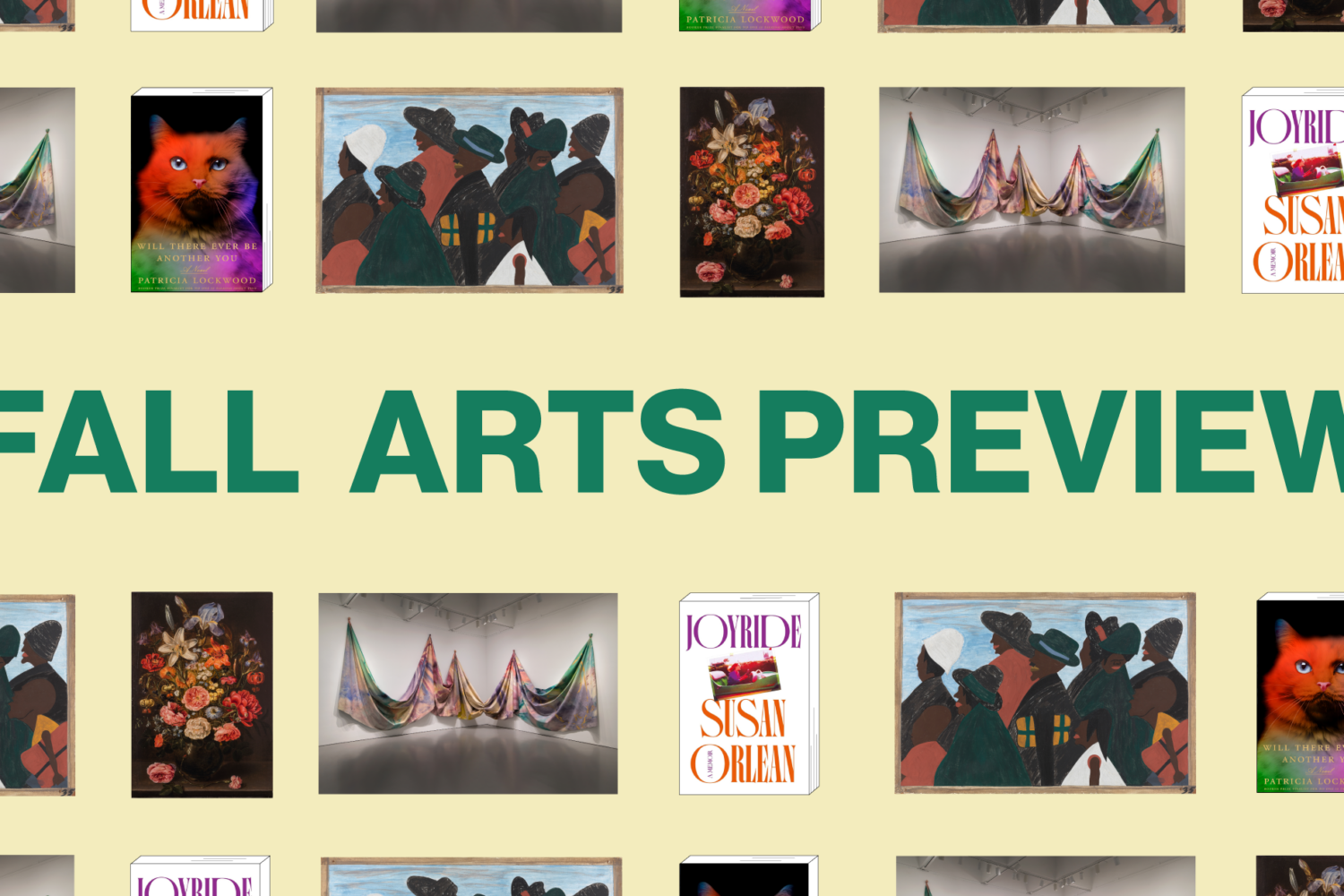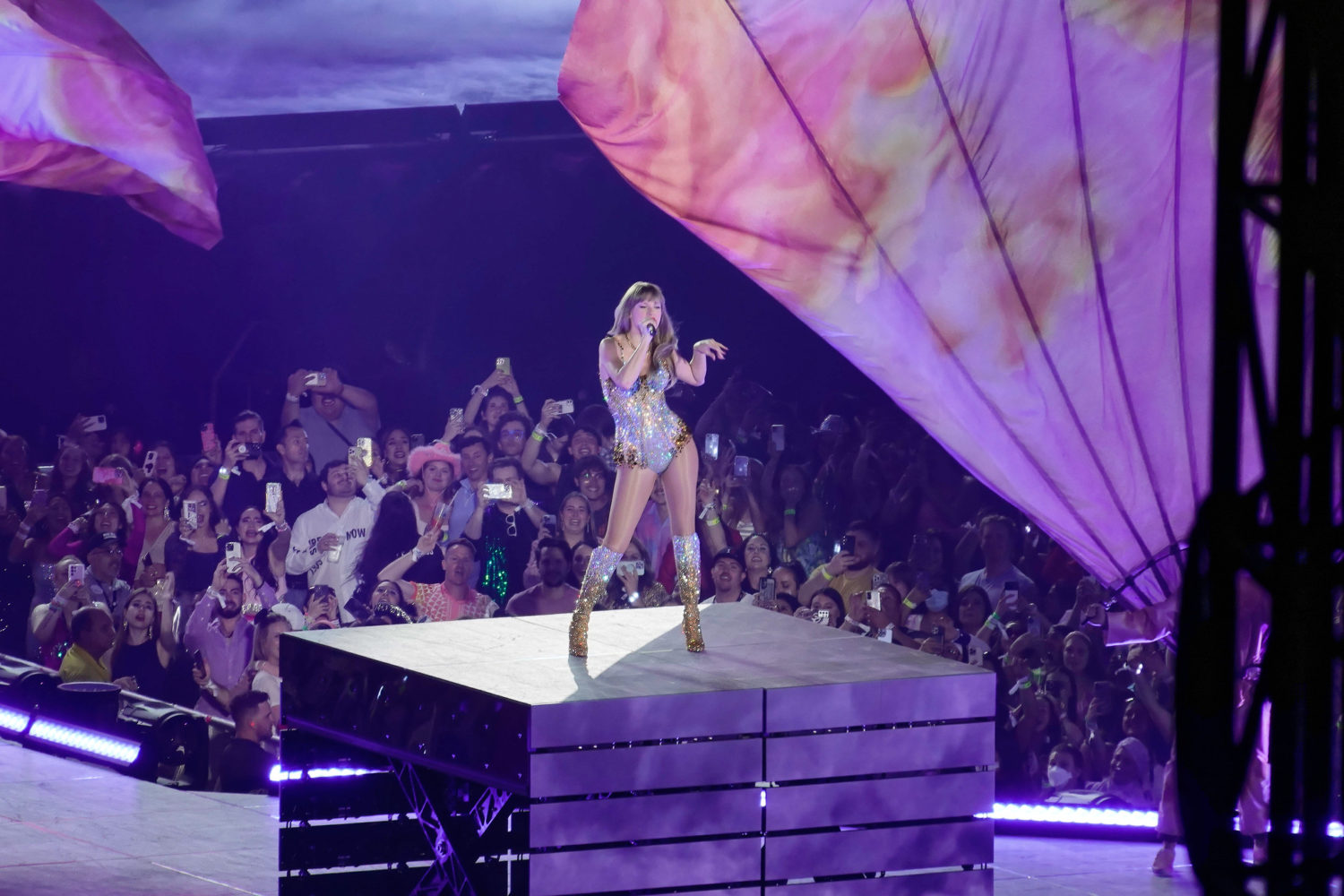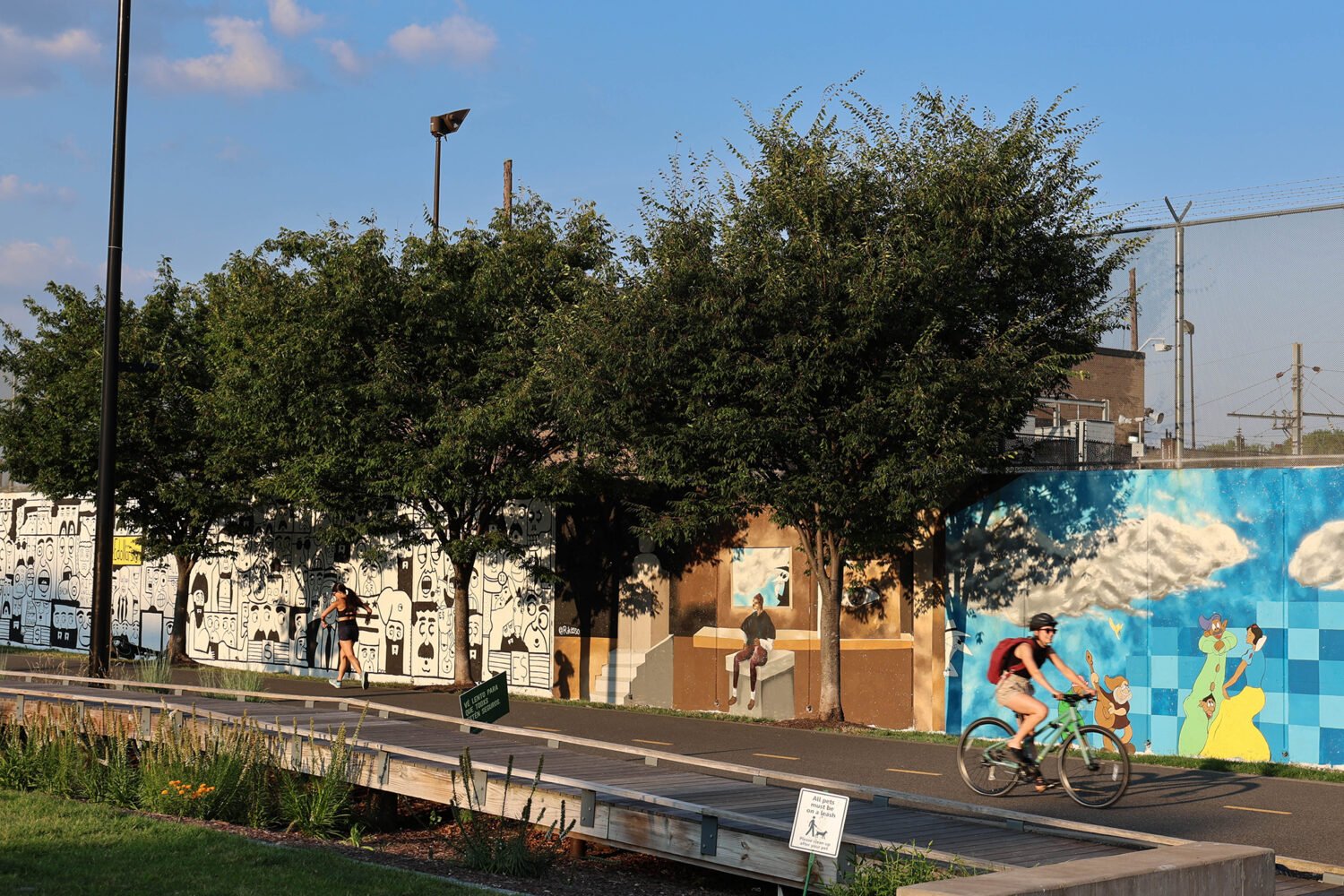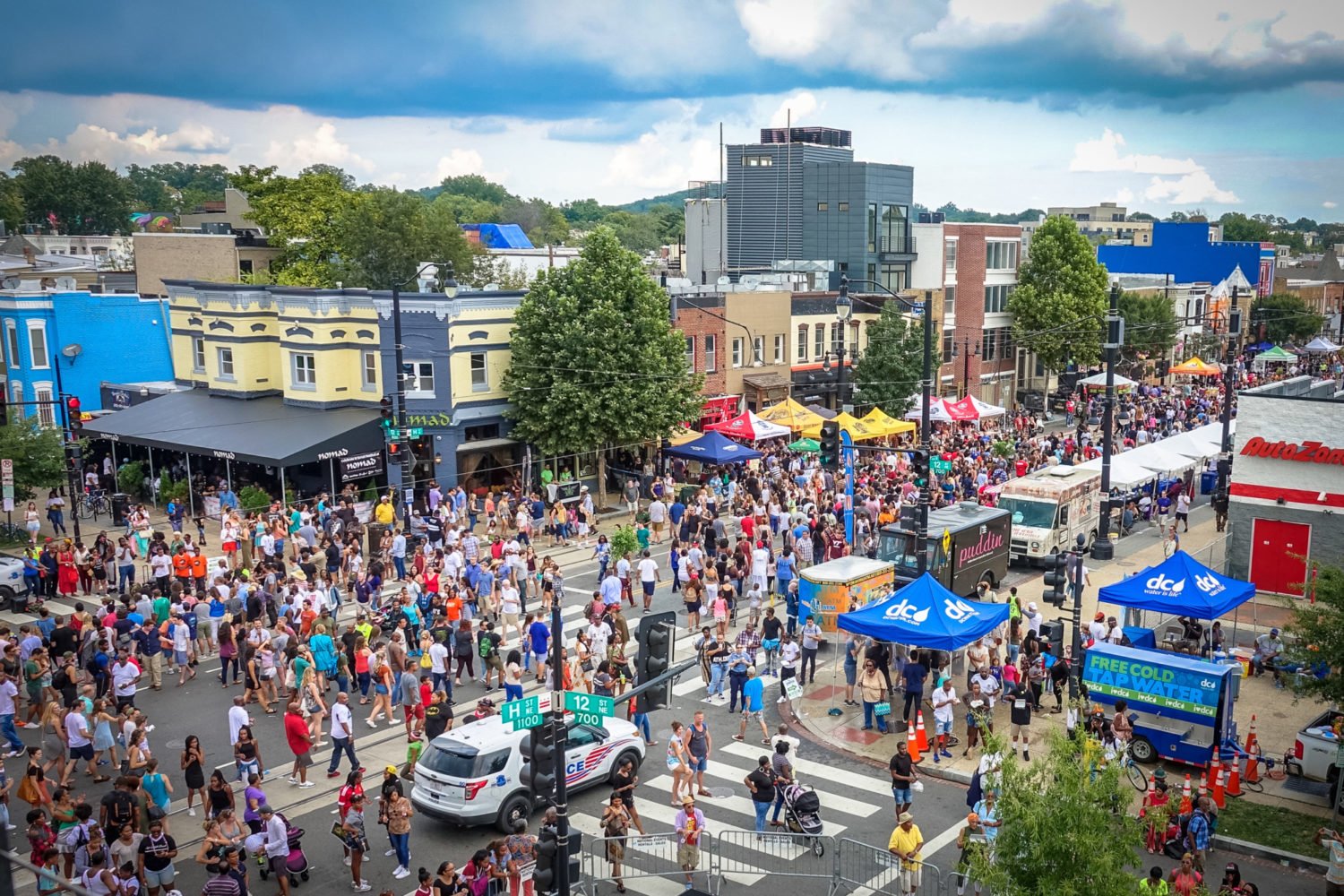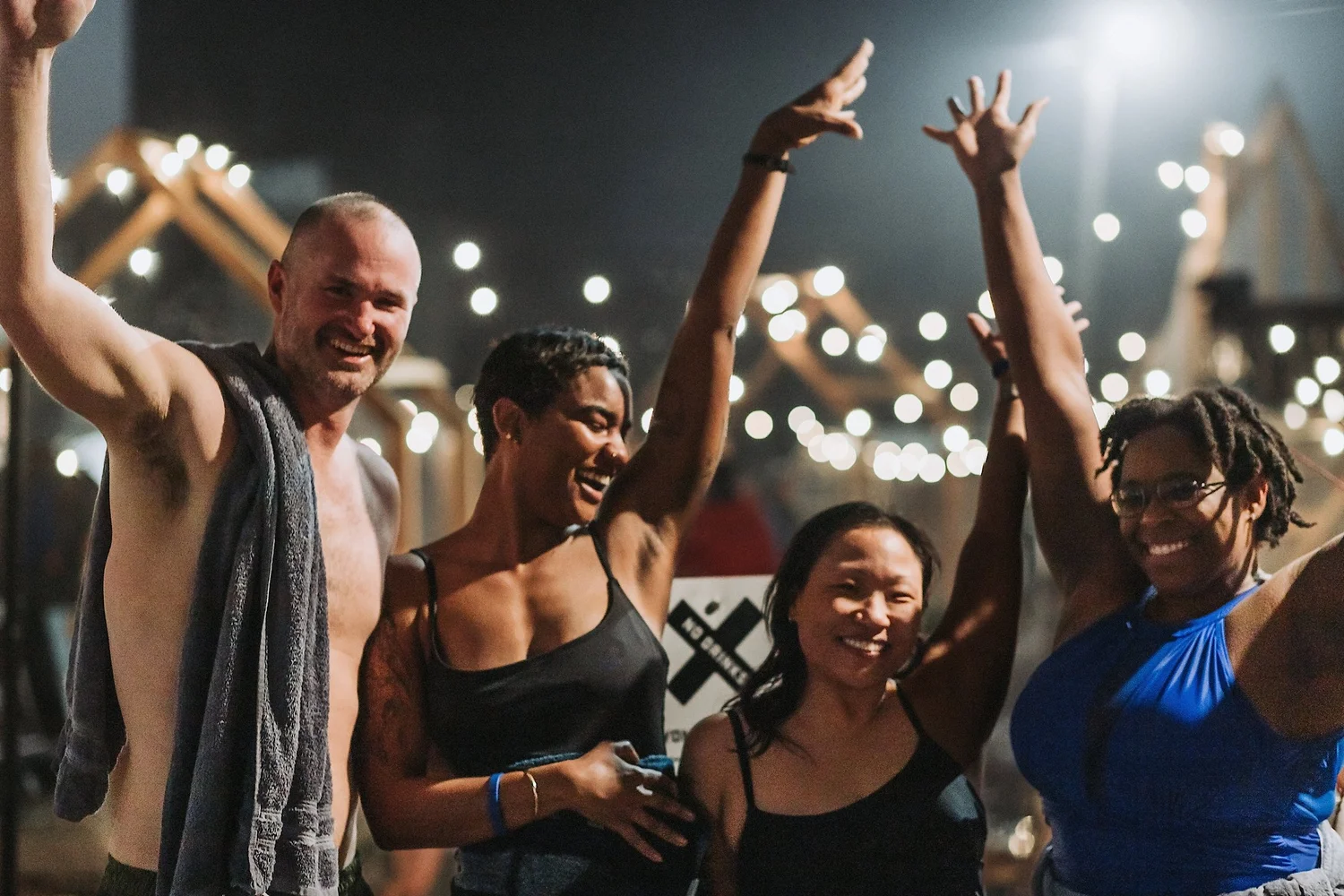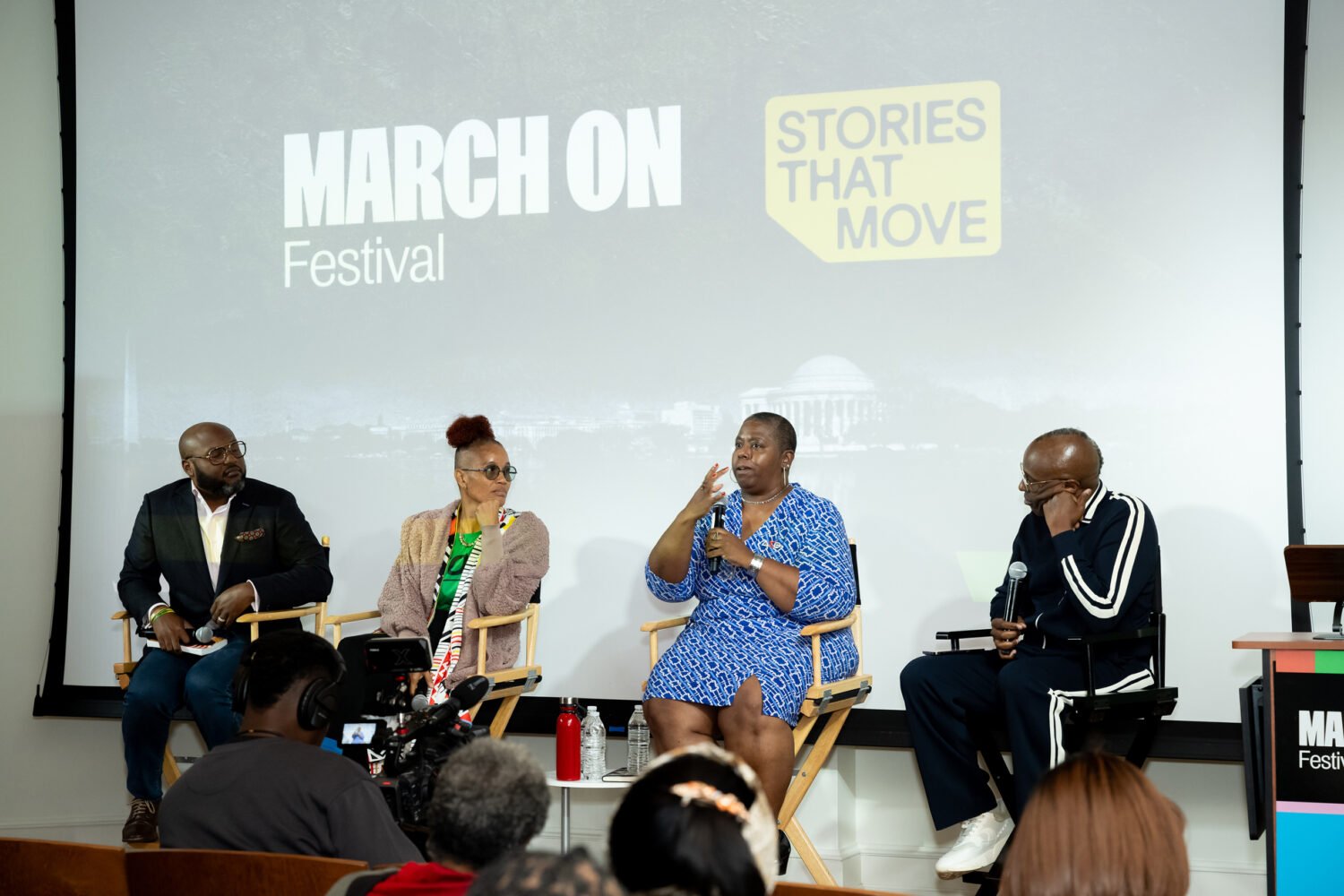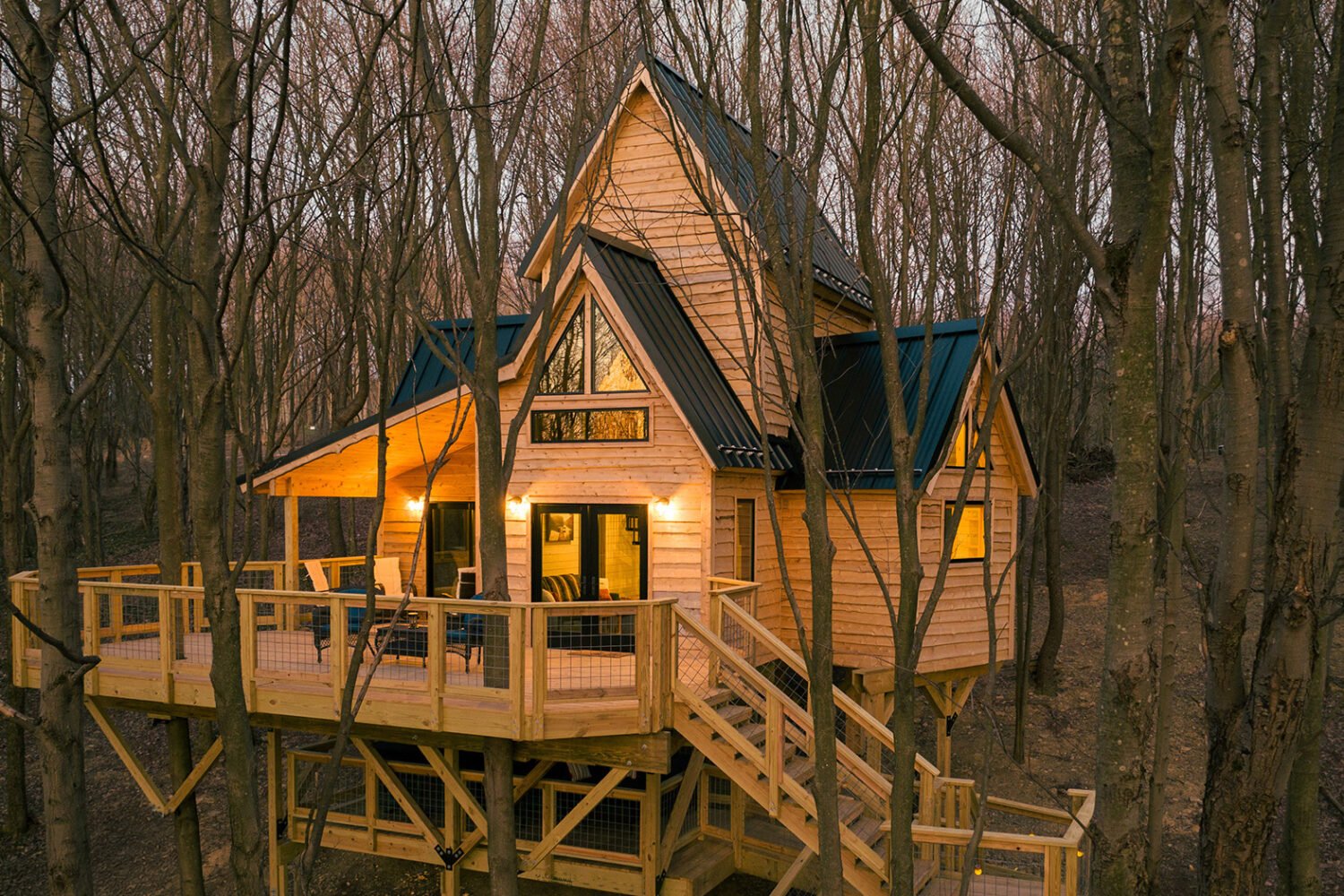In a single visit to the National Museum of African Art, you can walk through heaven, purgatory, and hell. That’s because on Wednesday the museum launches its latest exhibit, “The Divine Comedy: Heaven, Purgatory and Hell Revisited by Contemporary African Artists,” a collection of works from 40 contemporary artists from 18 African countries. The exhibit is meant to create a dialogue about life, death, and the mysticism surrounding both. “The one thing that makes us all human is we all wonder what will happen after,” says curator Simon Njami.
It’s the first exhibit to occupy the four levels of the museum; the building’s multi-story structure serves as the perfect venue for such a dynamic show. You begin in heaven–a bright, airy space painted white, where artists explore the meaning of paradise. Then you descend to a lower floor: purgatory, an area splotched with red, symbolizing a crossroads. The most riveting part of the exhibition comes next: hell, a cold, dark room where you can hear eery screams from a video installation, as well as tiptoe around a 1,500-foot beached whale made of rubber, hose pipe, and ribbon. It’s a fascinating layout, one that’s as immersive as a haunted house. To really appreciate it, you have to make the trek down to the National Mall. Here’s a sneak peek, though, featuring a selection of five stunning works.
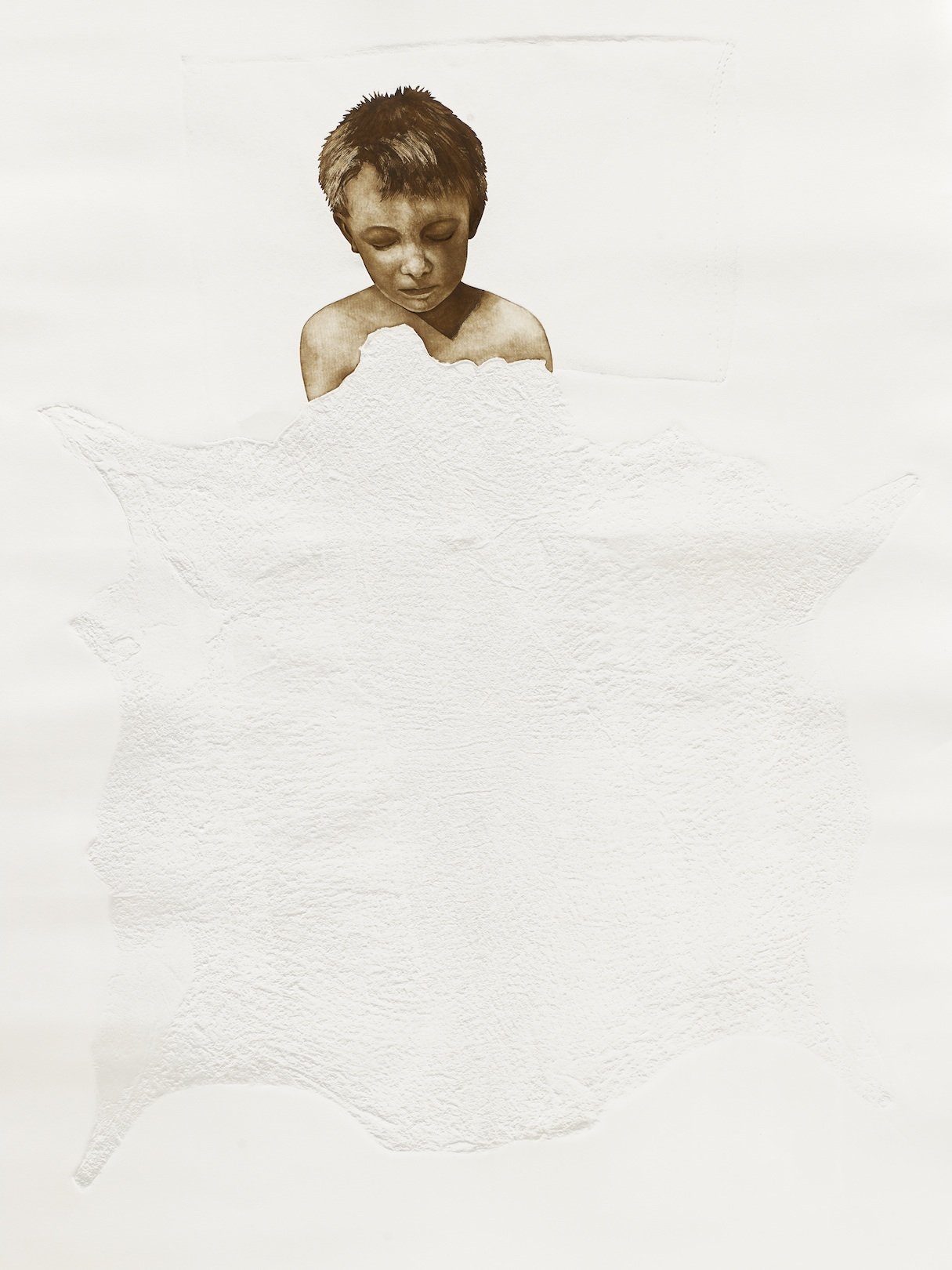
These life-size embossed engravings by South African artist Christine Dixie are very much in tune with what you can expect to see in the exhibit’s heaven portion. The six engravings–titled “To Sleep,” “Bind,” “Burning,” “Offering,” “Blind,” and “To Dream”–have a light aesthetic but also represent something greater. Dixie’s work focuses on the power of images in constructing perceptions of gender.
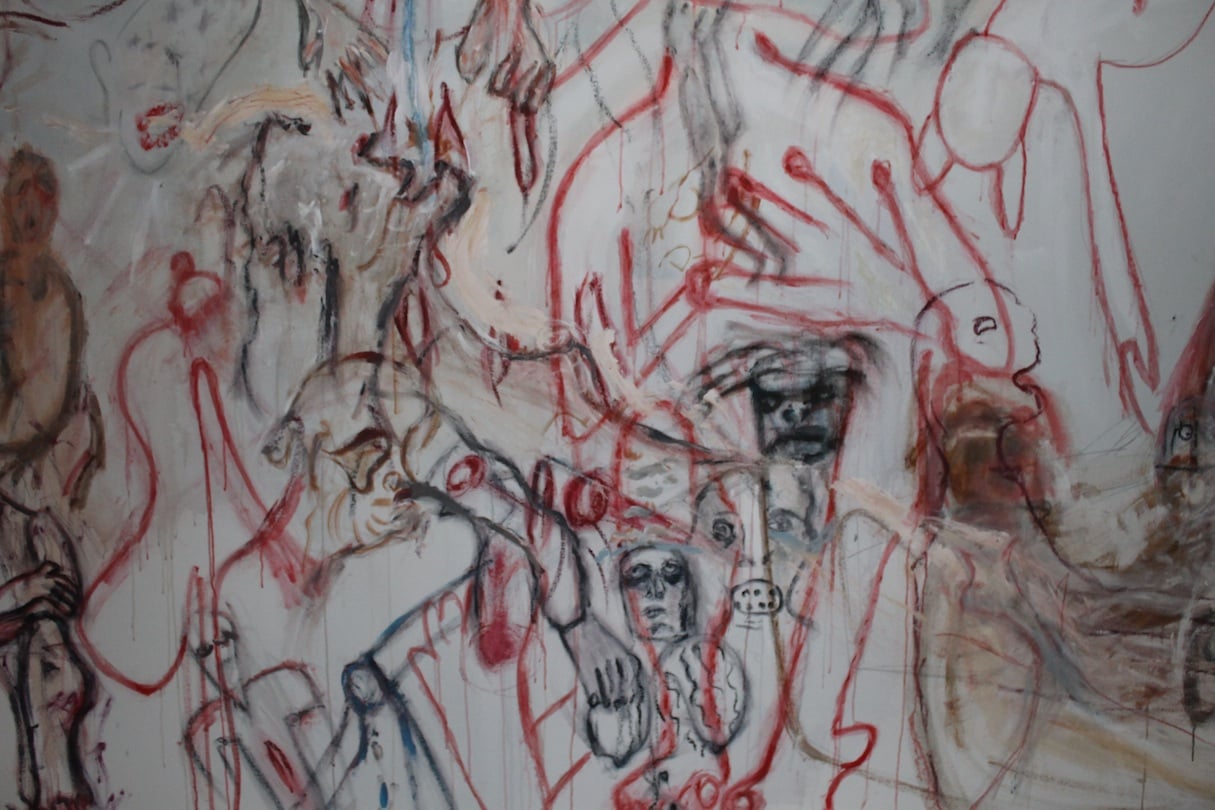
This 42-foot canvas by Senegalese artist Pélagie Gbaguidi, only a portion of which is shown above, practically occupies an entire wall of the heaven exhibit. Its mammoth size is remarkable enough in its own right; its overlapping images make it the kind of painting you could look at for hours.
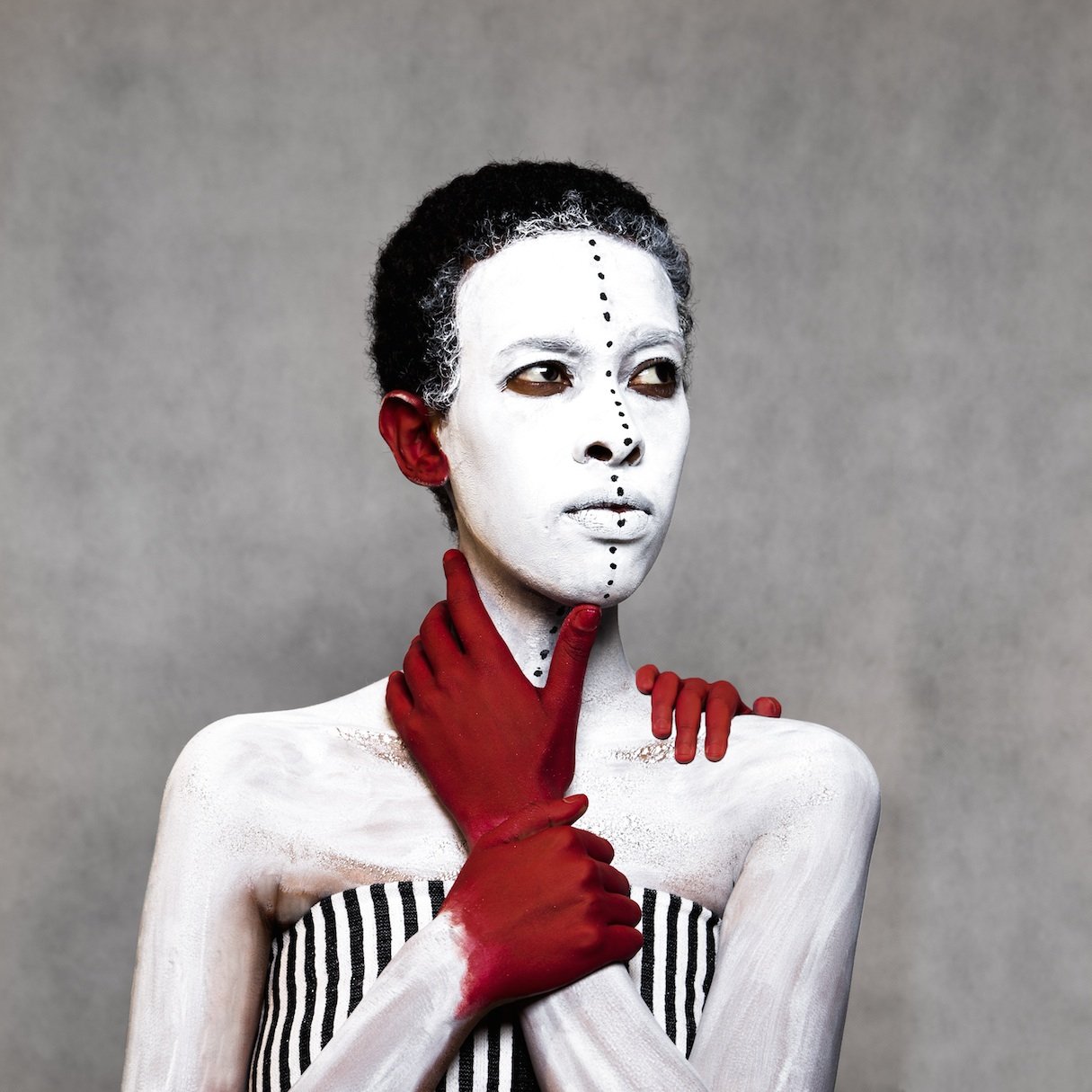
Aida Muluneh has seven photographs in purgatory. The c-prints depict a four-month pregnant woman covered in body paint, as well as a black-and-white cloth from southern Ethiopia. Her work explores the hardship of growing up as an immigrant, as well as the masks people wear to hide their true identity. Muluneh’s photos have become the leading images of the exhibition, and it’s not hard to see why.
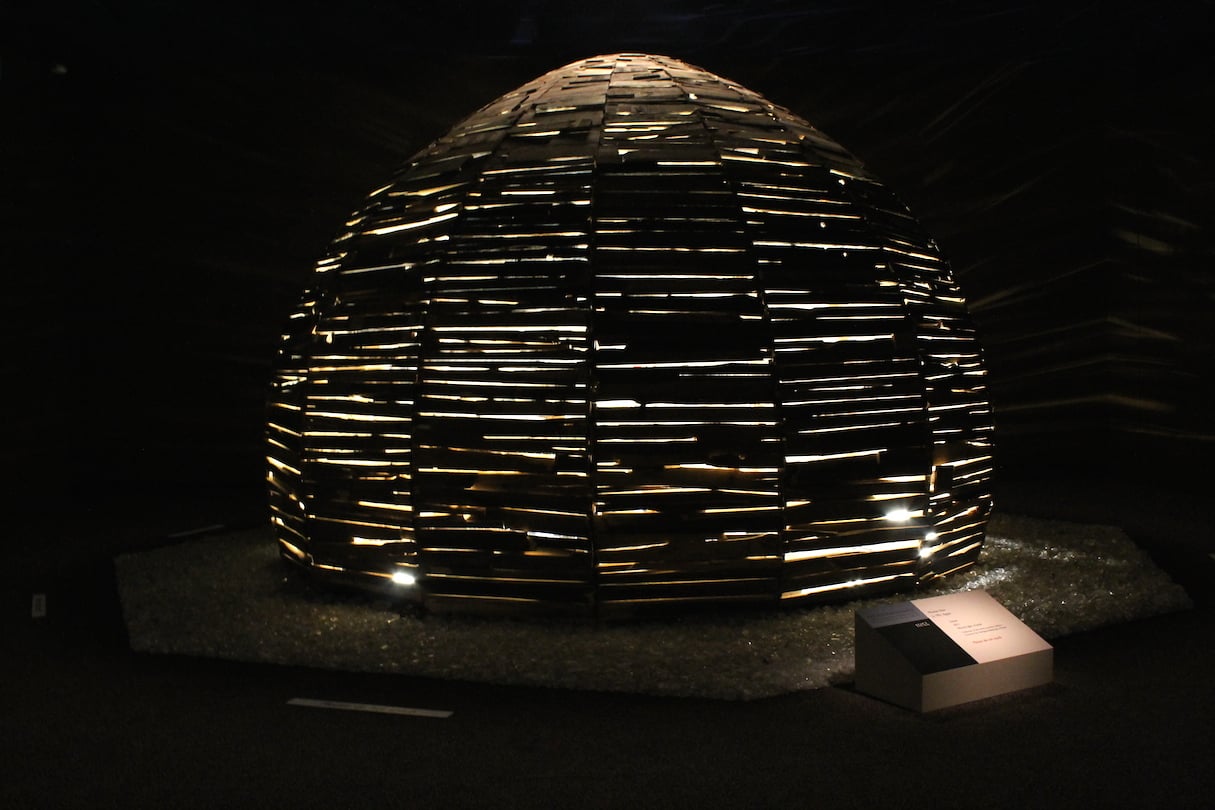
Made with wood collected from the streets of Cairo, this dome by Egyptian artist Moataz Nasr is just one of the many installations in hell that play on darkness and light. Across from Nasr’s piece, there’s an installation by Joël Andrianomearisoa, made with hundreds of pocket mirrors. Lights shine on those small mirrors and bounce off Nasr’s dome, creating a starry effect on the space’s black walls.
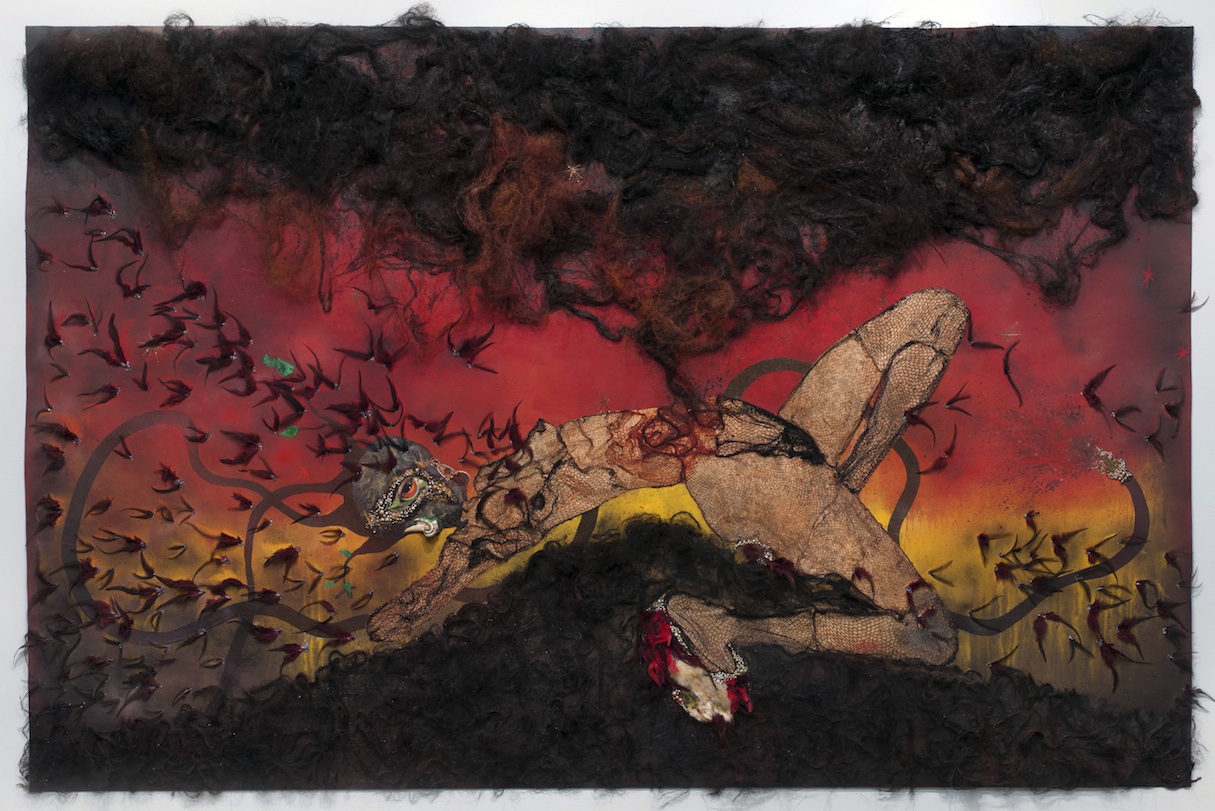
Wangechi Mutu’s collage, titled “The Storm Has Finally Made It Out of Me Alhamdulillah,” depicts a mystical creature with a nefarious-looking explosion emanating from her midsection. (Alhamdulillah means “Thanks to be God” in Arabic.) The Kenyan artist’s work is one of the few collages in the exhibition and is situated in hell.
“The Divine Comedy: Heaven, Purgatory and Hell Revisited by Contemporary African Artist” opens on April 8 at the National Museum of African Art and runs through August 2.

